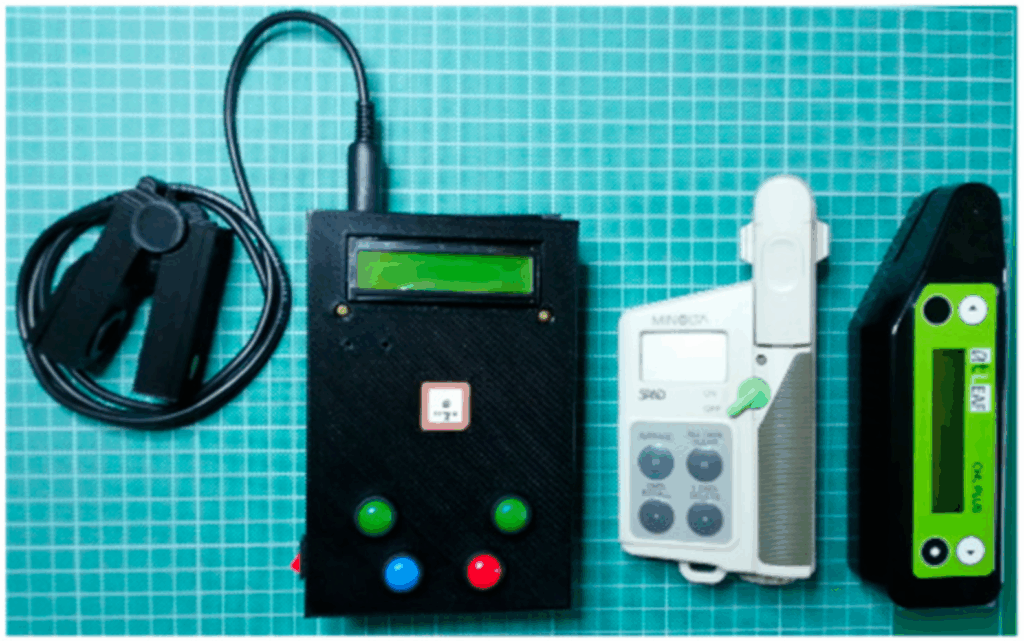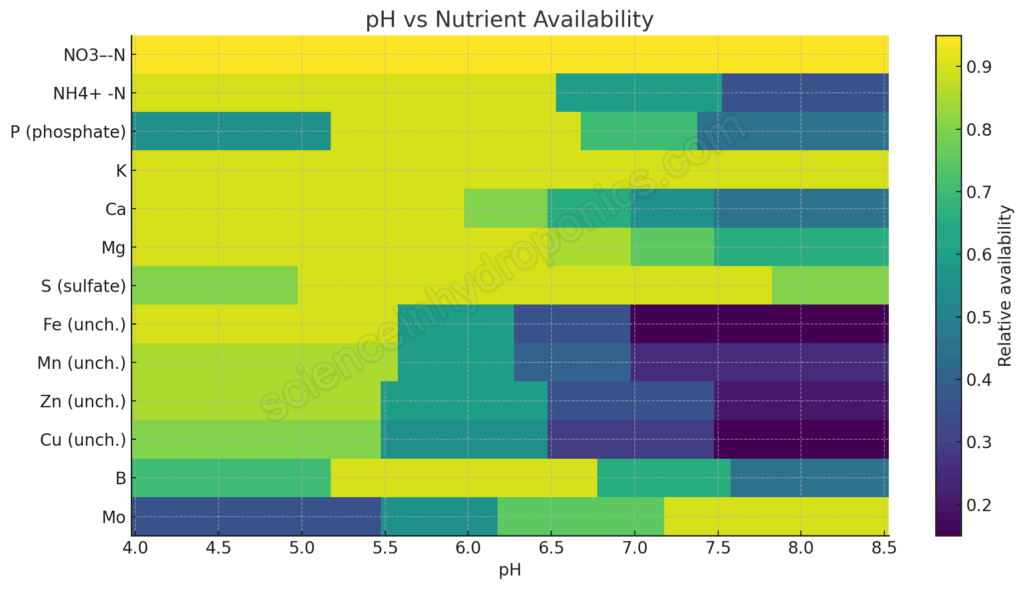Top 5 Open Source Hardware Tools to Boost Your Hydroponic Yields
The equipment you use to monitor and control your hydroponic system can make or break your crop quality and yields. Commercial systems often cost thousands of dollars, putting precision agriculture out of reach for small to medium-scale operations. Fortunately, open source hardware platforms like Raspberry Pi and Arduino have revolutionized what growers can achieve with limited budgets. In this post, I’ll walk you through five open source hardware tools you can build yourself to significantly improve your operation.

Why Open Source Hardware Matters
Before diving into specific tools, it’s worth understanding why open source hardware is such a game-changer for hydroponics. These platforms typically cost 90-95% less than commercial equivalents while offering comparable or superior functionality (1). More importantly, you control the design, can modify it for your specific needs, and aren’t locked into proprietary systems.
1. Automated pH and EC Control System
Maintaining optimal pH (typically 5.8-6.2) and electrical conductivity is critical for nutrient uptake and plant health. Manual adjustment is time-consuming and prone to error. An automated system using a Raspberry Pi 3 with fuzzy logic control can maintain these parameters with remarkable precision (2).
The system uses pH and EC sensors as inputs and controls four pumps (high EC solution, water, acid, and base) to automatically adjust your nutrient solution. In controlled trials with lettuce, automated systems maintained target pH within 0.04 units and achieved 7% greater leaf width compared to manual management (2). The entire system can be built for under $200 using readily available components.
Key Benefits:
| Parameter | Improvement |
|---|---|
| pH stability | ±0.04 units |
| Labor reduction | 90% reduction in manual testing |
| Plant growth | 7% increase in leaf width |
| System cost | ~$150-200 |
2. Open Source PAR Sensor
Light is your most important input for photosynthesis, yet many growers operate blindly without measuring photosynthetically active radiation (PAR). Commercial PAR sensors cost $600-1000, but you can build an open source version using an AS7341 spectral sensor and ESP32 microcontroller for approximately $50-70 (1).
This system measures PAR across the 400-700nm spectrum with accuracy comparable to commercial sensors (within 2-5% error). It includes data logging to an SD card and optional WiFi connectivity for remote monitoring. Since a 1% increase in lighting typically provides a 1% increase in yield (3), knowing exactly how much light your plants receive allows you to optimize your lighting strategy and maximize productivity.
3. Plant Phenotyping Camera System
Visual monitoring of plant growth provides invaluable data for optimizing your system. A Raspberry Pi-powered imaging system can capture time-lapse images of your crops and extract quantifiable traits like plant area, height, and color (4).
For around $100 per camera unit, you can set up multiple Raspberry Pi cameras in your grow space to continuously monitor plant development. The images can be processed using open source software like PlantCV to automatically measure growth rates, detect stress before it’s visible to the naked eye, and compare different treatments or varieties (4). This approach scales well, with some research groups successfully deploying 180 cameras to monitor 1800 plants simultaneously with 96% uptime (5).
Phenotyping System Comparison:
| System Type | Cost per Unit | Traits Measured | Temporal Resolution |
|---|---|---|---|
| Commercial | $5,000-50,000 | Multiple | Variable |
| Raspberry Pi | $100-150 | Area, height, color, shape | Minutes to hours |
| Manual | Labor cost | Limited | Daily at best |
4. Multi-Parameter Environmental Data Logger
Environmental conditions directly impact both yield and quality. An Arduino or ESP32-based data logger can simultaneously monitor temperature, humidity, CO2, dissolved oxygen, and solution temperature. By logging data every 1-2 minutes, you can identify patterns and problems that periodic manual measurements would miss (6).
Dissolved oxygen is particularly important but rarely monitored by small-scale growers due to sensor costs. However, maintaining adequate dissolved oxygen levels (above 5 mg/L) is essential for root health and nutrient uptake. An open source system using Atlas Scientific sensors can monitor DO along with other parameters for a few hundred dollars.
The real value comes from the data. When you can correlate environmental conditions with plant performance, you can make informed decisions about climate control, identify the optimal conditions for your specific varieties, and catch problems before they impact yields.
5. Automated Nutrient Dosing System
Precision in nutrient delivery improves both crop quality and reduces waste. An automated dosing system using peristaltic pumps controlled by a microcontroller can deliver exact amounts of different nutrient solutions based on real-time sensor feedback (2).
The system can be programmed to maintain target EC and pH values by calculating the required pump run times using mathematical models or machine learning approaches. More sophisticated implementations can adjust nutrient ratios based on plant growth stage or environmental conditions. While commercial fertigation systems cost thousands of dollars, an open source version can be built for $300-500 depending on the number of nutrient solutions you want to control.
Getting Started
Building these systems requires some technical knowledge, but the barrier to entry is lower than you might think. Start with a single-purpose system like the PAR sensor or environmental data logger to learn the basics. Online communities around Arduino, Raspberry Pi, and platforms like Mycodo provide extensive documentation and support.
The investment in time to build and configure these systems pays dividends through improved crop quality, higher yields, and better understanding of your growing environment. Even if you only implement one or two of these tools, you’ll gain capabilities that were reserved for large commercial operations just a few years ago.
Cost Comparison:
| Tool | Commercial Cost | Open Source Cost | Savings |
|---|---|---|---|
| pH/EC Controller | $800-2000 | $150-200 | 85-90% |
| PAR Sensor | $600-1000 | $50-70 | 93-95% |
| Phenotyping System | $5000+ | $100-150 | 97% |
| Data Logger | $400-800 | $100-200 | 60-80% |
| Dosing System | $1500-3000 | $300-500 | 75-85% |
The beauty of open source hardware is that you can start small and expand as your needs grow. Each tool you add gives you more control and insight into your operation, ultimately leading to better crops and more profitable growing.
Have you built any open source monitoring or control systems for your hydroponic operation? What challenges did you face and what benefits have you seen? Let me know in the comments below!








